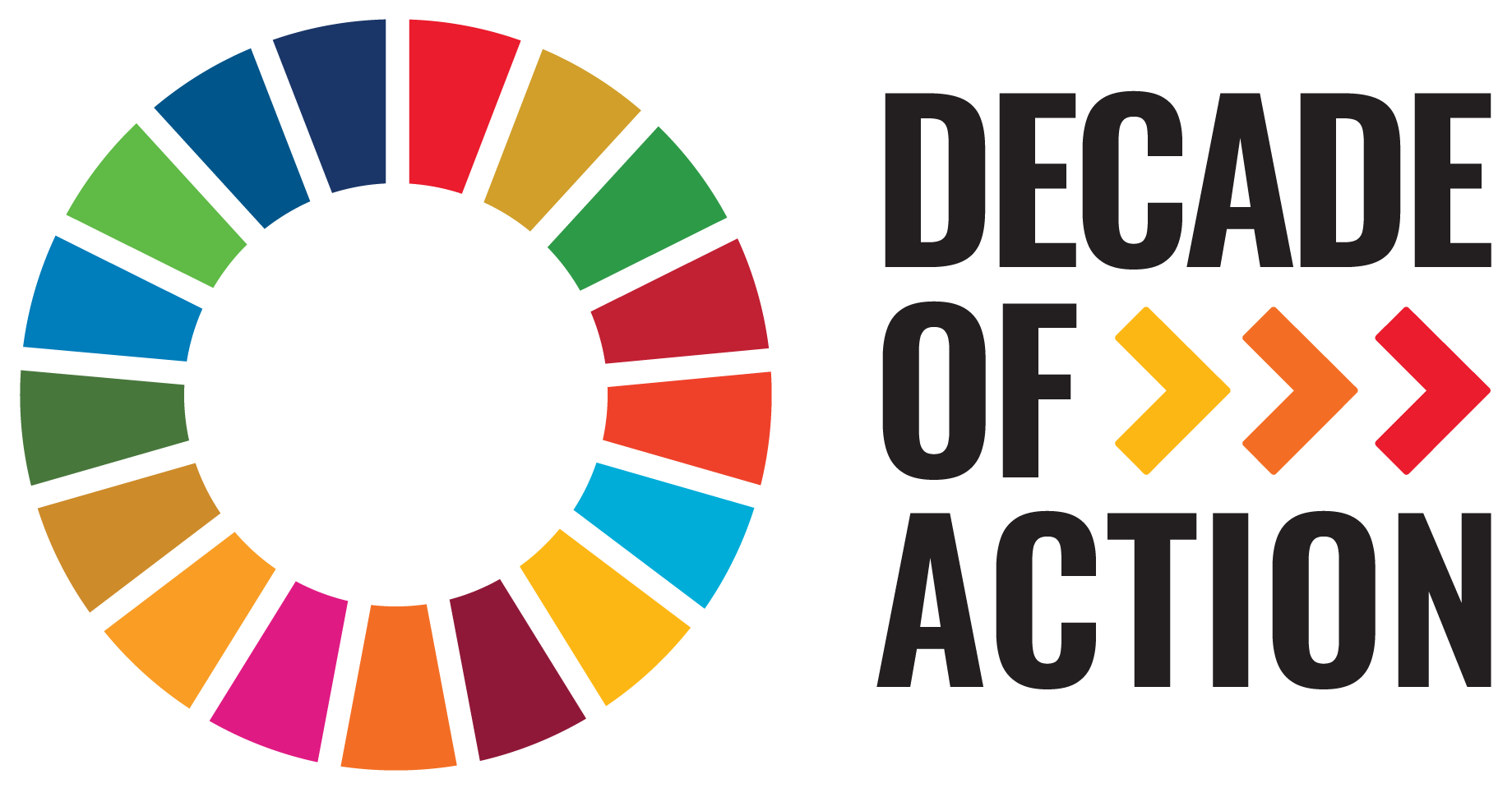| dc.contributor | Science Division | en_US |
| dc.contributor.author | United Nations Environment Programme | en_US |
| dc.contributor.other | O'Callaghan, Brian | en_US |
| dc.contributor.other | Adam, Jean-Paul | en_US |
| dc.contributor.other | Armah, Bartholomew | en_US |
| dc.contributor.other | Bofili, Jean-Paul Boketsu | en_US |
| dc.contributor.other | Chavula, Hopestone Kayiska | en_US |
| dc.contributor.other | Hans, Frederic | en_US |
| dc.contributor.other | Prag, Andrew | en_US |
| dc.contributor.other | Tritsch, David | en_US |
| dc.date.accessioned | 2021-10-20T19:22:59Z | |
| dc.date.available | 2021-10-20T19:22:59Z | |
| dc.date.issued | 2021 | |
| dc.identifier.uri | https://wedocs.unep.org/20.500.11822/36996 | |
| dc.description | This chapter explores three questions:
1) How could COVID-19 related public spending bridge the emissions gap? 2) What are the characteristics of fiscal rescue and recovery spending to date and how may they impact the gap? 3) Do lower income nations face greater hurdles for low-carbon recovery spending? If so, what can be done? | en_US |
| dc.format | Text | en_US |
| dc.language | English | en_US |
| dc.relation.ispartof | Emissions Gap Reports | |
| dc.rights | Public | en_US |
| dc.subject | climate change | en_US |
| dc.subject | COVID-19 | en_US |
| dc.subject | public expenditure | en_US |
| dc.subject | greenhouse gas emission | en_US |
| dc.title | Chapter 5. Are COVID-19 fiscal recovery measures bridging or extending the emissions gap? - Emissions Gap Report 2021: The Heat Is On – A World of Climate Promises Not Yet Delivered | en_US |
| dc.type | Chapters and Articles | en_US |
| dc.type | Publications | |
| wd.identifier.sdg | SDG 13 - Climate Action | en_US |
| wd.topics | Climate Action | en_US |
| wd.identifier.pagesnumber | 10 pages | en_US |


